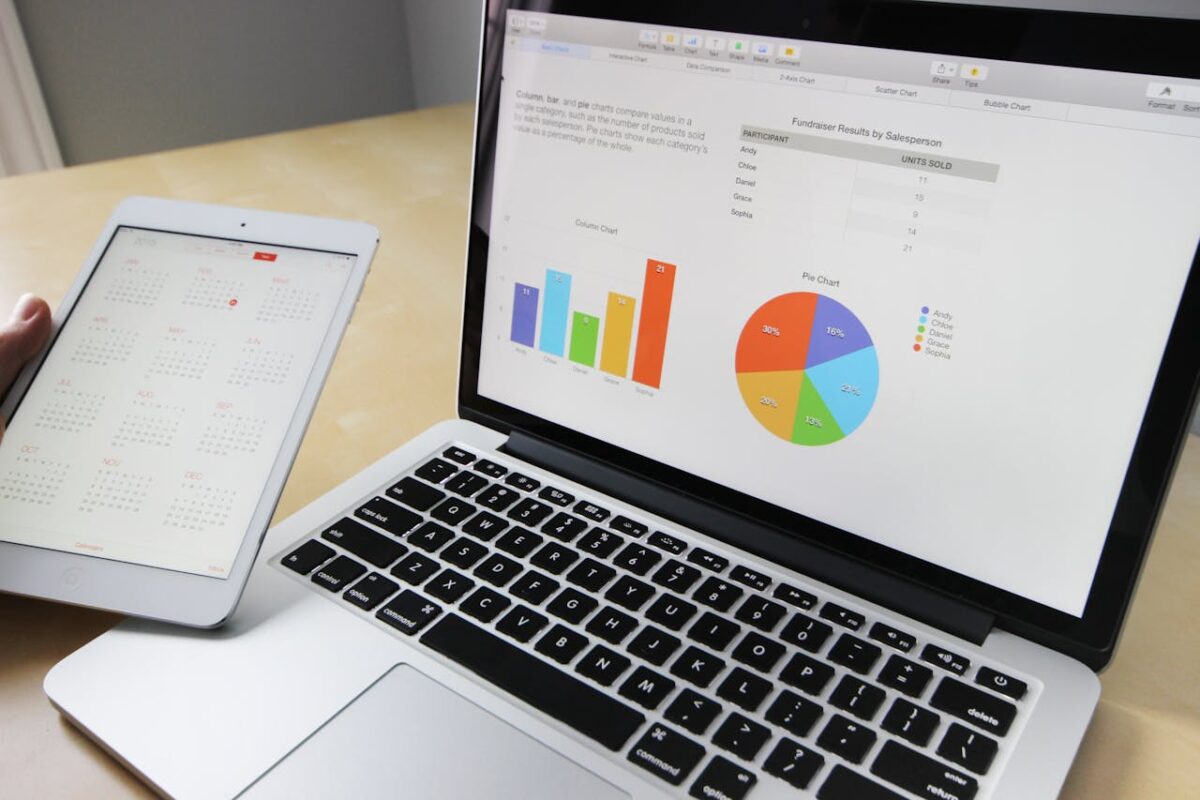Understanding the Conveyancing Process: From Contract to Settlement

Buying or selling property is one of the most significant financial decisions most people make in their lifetime. Whether it’s a first home, an investment property, or a commercial space, navigating the legal and administrative aspects of property transfer can feel overwhelming. This is where conveyancing comes into play. Understanding the conveyancing process—from the contract stage to settlement—is crucial to ensure a smooth property transaction.
What is Conveyancing?
Conveyancing is the legal process of transferring property ownership from one person to another. It involves a series of steps to ensure that the buyer acquires the property with a clear title and that all legal obligations of the transaction are met. Conveyancing is typically handled by a licensed conveyancer or solicitor, who acts on behalf of the buyer, seller, or sometimes both parties.
The process can vary slightly depending on the jurisdiction, but generally, it consists of several key stages: contract preparation, due diligence, financial arrangements, and settlement.
Stage 1: Contract Preparation and Review
The first step in conveyancing begins with the preparation and review of the contract of sale. This document outlines the terms and conditions agreed upon by the buyer and seller, including the purchase price, deposit amount, settlement date, and any special conditions.
For buyers, reviewing the contract carefully is crucial. A conveyancer will check for any clauses that could affect the buyer’s rights or obligations. Common considerations include:
- Inclusions and exclusions: Items like fixtures, fittings, and appliances that are included in the sale.
- Special conditions: Such as subject-to-finance clauses, building inspections, or pest inspections.
- Cooling-off period: Some jurisdictions allow a period during which the buyer can reconsider the purchase without significant penalties.
For sellers, the conveyancer ensures that the contract complies with all legal requirements and that any disclosures about the property—such as zoning restrictions, easements, or existing disputes—are correctly documented.
Stage 2: Due Diligence
Once the contract is signed, the next stage is due diligence. This involves investigating the property to identify any potential issues that could affect ownership or use. Due diligence typically includes:
- Title search: Confirms that the seller has a valid title and the property is free from encumbrances like mortgages, caveats, or liens.
- Local authority checks: Ensures compliance with zoning laws, building codes, and council regulations.
- Survey or building inspection: Assesses the condition of the property, identifying structural issues or defects.
- Pest inspections: Particularly important in areas prone to termites or other pests.
Due diligence helps the buyer make an informed decision and provides an opportunity to renegotiate terms or withdraw from the contract if significant issues are discovered.
Stage 3: Financial Arrangements
Financial preparation is a critical component of conveyancing. Buyers must arrange the necessary funds to complete the purchase, including the deposit, stamp duty, legal fees, and other associated costs.
For buyers requiring a mortgage, the lender will typically require a valuation of the property before approving the loan. Conveyancers liaise with financial institutions to ensure all funds are ready for settlement.
Sellers, on the other hand, need to settle any outstanding mortgages or liens on the property. The conveyancer ensures that these debts are cleared so the buyer receives a property free of encumbrances.
Stage 4: Exchange of Contracts
The exchange of contracts is a formal step where both parties legally commit to the transaction. At this stage, the deposit is usually paid, and a settlement date is confirmed. Once contracts are exchanged, withdrawing from the sale can carry legal and financial consequences, except under specific conditions outlined in the contract.
The exchange marks a transition from negotiation and preparation to the final steps leading up to settlement. It’s a key milestone in the conveyancing process because it signifies that the parties are legally bound to complete the transaction.
Stage 5: Settlement
Settlement is the final stage of conveyancing, where ownership of the property officially transfers from the seller to the buyer. It typically involves:
- Final adjustments: Calculating rates, taxes, and utilities to ensure each party pays their fair share up to the settlement date.
- Payment of the balance: The buyer’s remaining funds are transferred to the seller.
- Lodgment of legal documents: The conveyancer lodges necessary documents with the relevant land registry or government authority, recording the change of ownership.
- Handover of keys: Once settlement is complete, the buyer receives the keys and can take possession of the property.
Conveyancers coordinate all parties—buyers, sellers, lenders, and government agencies—to ensure that settlement occurs smoothly on the agreed date.
Common Challenges in Conveyancing
While conveyancing is a structured process, several challenges can arise:
- Delays in finance approval: Buyers relying on mortgage approval may face delays if documentation is incomplete or valuations are slow.
- Title issues: Discovering unregistered encumbrances or disputes over property boundaries can complicate the transaction.
- Contractual disputes: Misunderstandings about conditions, inclusions, or special clauses can lead to disagreements.
Experienced conveyancers anticipate these challenges, providing guidance and solutions to prevent delays and disputes.
Why Using a Conveyancer is Important
Engaging a professional conveyancer is essential for a smooth property transaction. They ensure that legal requirements are met, protect clients from potential risks, and provide peace of mind throughout the process. By offering transparent conveyancing services, clients can clearly understand each step of the transaction and any associated costs, reducing confusion and stress. Whether buying or selling, conveyancers facilitate communication, manage documentation, and oversee the financial aspects to ensure the transaction completes successfully.
Conclusion
Understanding the conveyancing process—from contract preparation to settlement—is vital for anyone involved in property transactions. By breaking the process into clear stages—contract review, due diligence, financial arrangements, exchange, and settlement—buyers and sellers can navigate property transactions confidently and avoid unnecessary pitfalls. With the guidance of a skilled conveyancer, the journey from offer to ownership becomes a structured, manageable, and secure process, turning what can be a stressful experience into a rewarding milestone.












